What are the uses of periscopes?
For soldiers to look out from the trench, The submariners use this to see outside objects.
Similar Questions
Knowledge Check
Which one among the following is used to make periscope?
A B
B C
C D
D
Two glass blocks of trinagular cross section(n=1.5)are used to make a periscope ,Which of the following is the correct arrangement?
A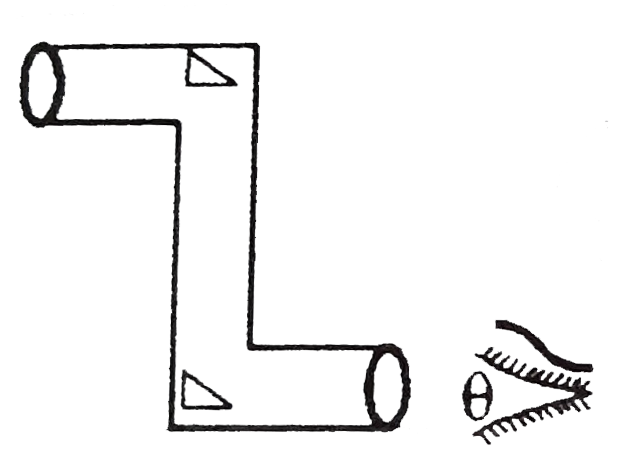 B
B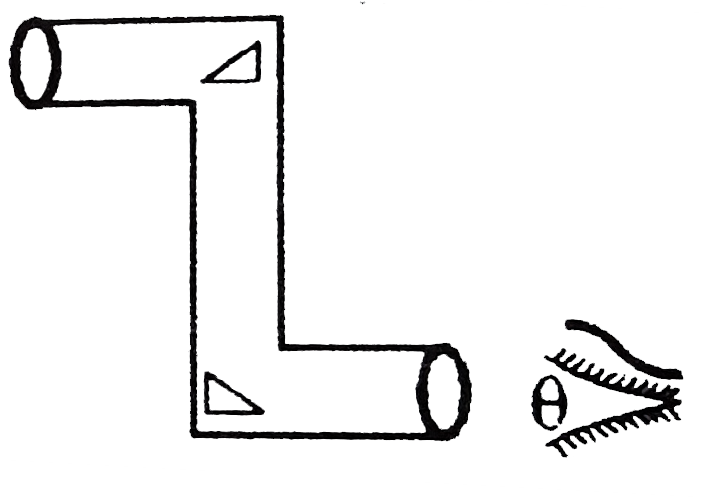 C
C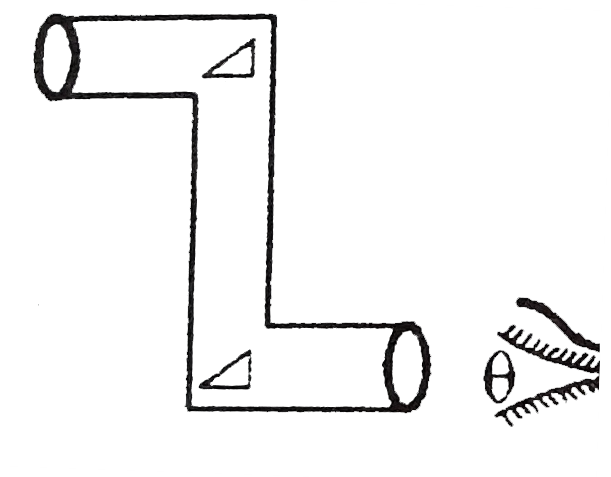 D
D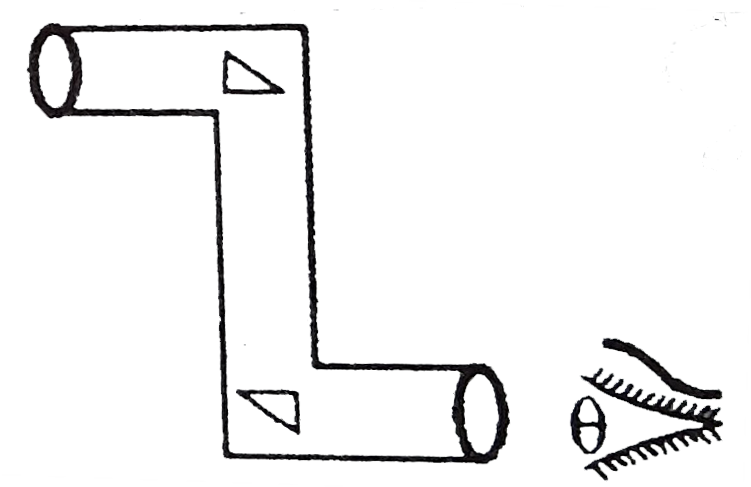
In a reflecting periscope , if a light ray is incident at 45∘ angle at the first plane mirror, then the angle of deviation of light ray by the periscope is ______ .
A30∘B90∘C180∘Dzero
A student has constructed a reflecting periscope by arranging two plane mirrors as shown in the figure. What is the nature of the image of an object viewed through this periscope?
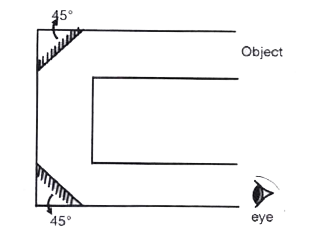
View SolutionA student constructed a periscope by joining different periscopes P, Q, R, S and T as shown in the figure. Then,
(i) how many times does the incident light ray undergo reflection. (ii) when he observes the image of an object using only one periscope what kind of variation can be observed in the image, when compared with the image formed by the periscope shown in the figure?

View SolutionDo you think it is important for the mirrors to be placed at 45∘ to the vertical in a periscope? Why or why not?
View SolutionIn a reflecting periscope , if a light ray is incident at 45∘ angle at the first plane mirror, then the angle of deviation of light ray by the periscope is ______ .
View SolutionArrange the following steps about the working of a periscope in sequential order.
(A) The reflected light from the first mirror incidents on the second mirror with an angle of 45∘ to the normal and rotates by 90∘ . (B) A reflecting periscope consists of a tube bent twice at right angles. Two plane mirrors are provided at the bends with an angle of 45∘ with the frame of the tube. (C) The reflected light from the second mirror comes out of the tube and enters the eye and causes the sensation of vision. (D) The light rays from the object enter the periscope from the upper tube and are incident on the first mirror with an angle of incidence as 45∘
View Solution
